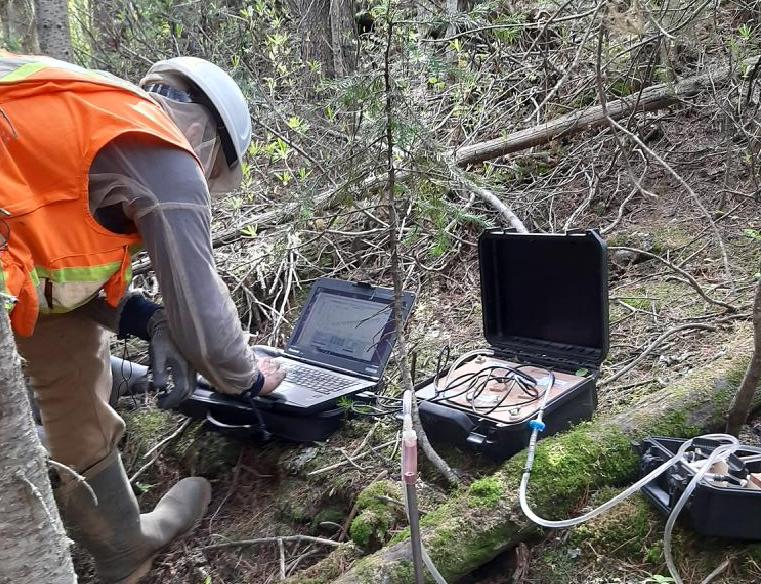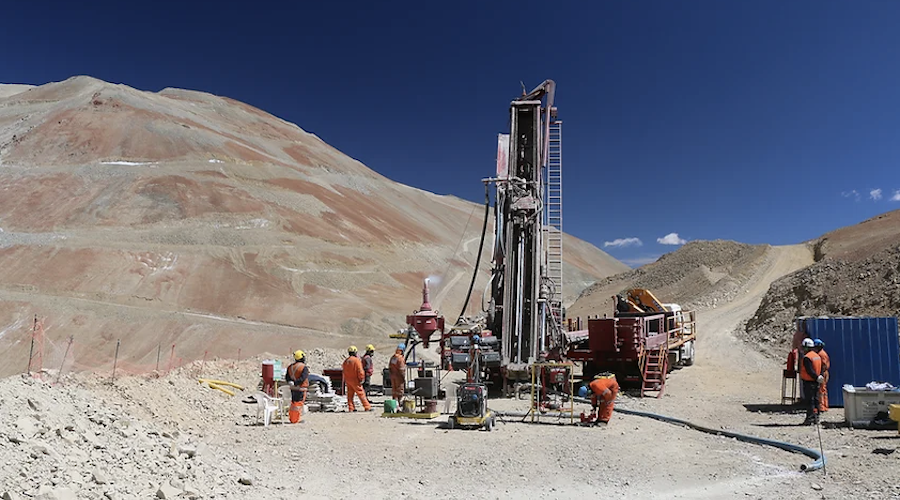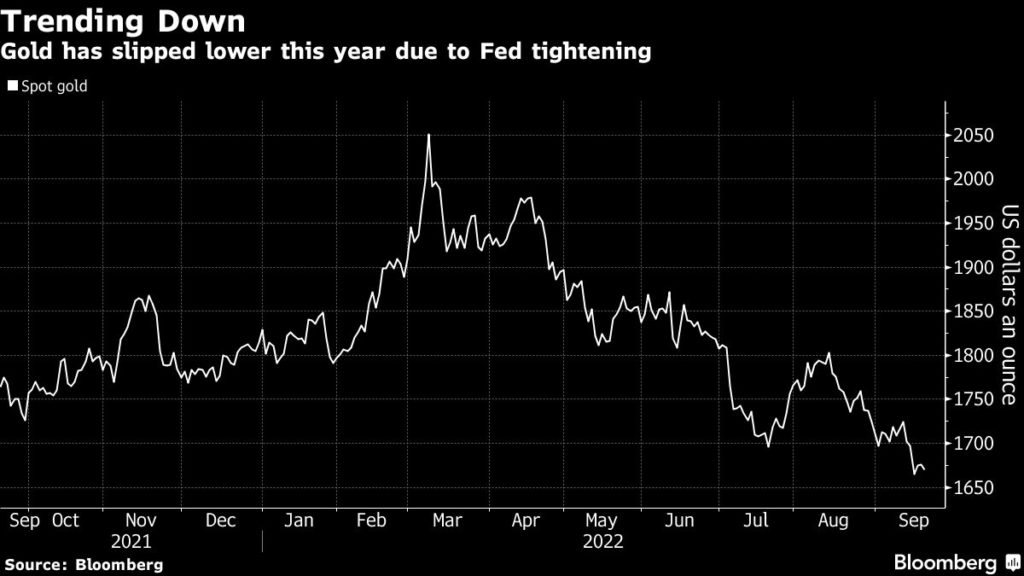Geoscience BC deploys a common brewery gas sensor to look for metals


The device measures oxygen and carbon dioxide concentrations in soil (soil-gas) in real-time, indicating the presence of geological faults and sulphide mineralization. Soil gas testing can help geologists identify potential mineral deposits when this mineralization is buried beneath sediments such as glacial deposits. The new device saves the need to send gas samples to laboratories for analysis.
BC Geological Survey emeritus scientist and lead report author Ray Lett designed the device.
“The results from Mount Milligan are very encouraging,” he said. “The correlation of carbon dioxide and oxygen anomalies with observed fractures and potentially mineralized faults, combined with the ability to give reliable, real-time data, demonstrates a tangible benefit to the mineral exploration sector.
The soil gas measurement system also has potential applications in other areas, such as geothermal or seismicity detection, where the measurement of soil gases would be of benefit,” he said in a news release.
Geoscience BC VP for minerals Christa Pellett said the research demonstrated an innovative and cost-effective technique to support exploration for critical minerals in areas of BC and beyond that may host undiscovered mineral deposits.
The new report provides an update to a 2020 project, which was extended so that the research team could refine the operability and accuracy of the prototype device and further test the system at the Mount Milligan mine.
Centerra Gold (TSX: CG), which operates the Mount Milligan mine, provided the research team with bedrock and surficial geology data to allow the correlation of soil gas measurements with known bedrock structures and mineralization.
Centerra also trenched the project area allowing for direct field observations of the bedrock. Collectively these techniques gave a higher level of confidence in the project results.
Results from the Mount Milligan mine show a correlation between carbon dioxide and oxygen concentrations in the soil above geological structures and mineralization. According to Geoscience BC, these results provide a framework for using real-time soil gas measurements to support mineral exploration in areas where bedrock is covered by sediment.
This post has been syndicated from a third-party source. View the original article here.




